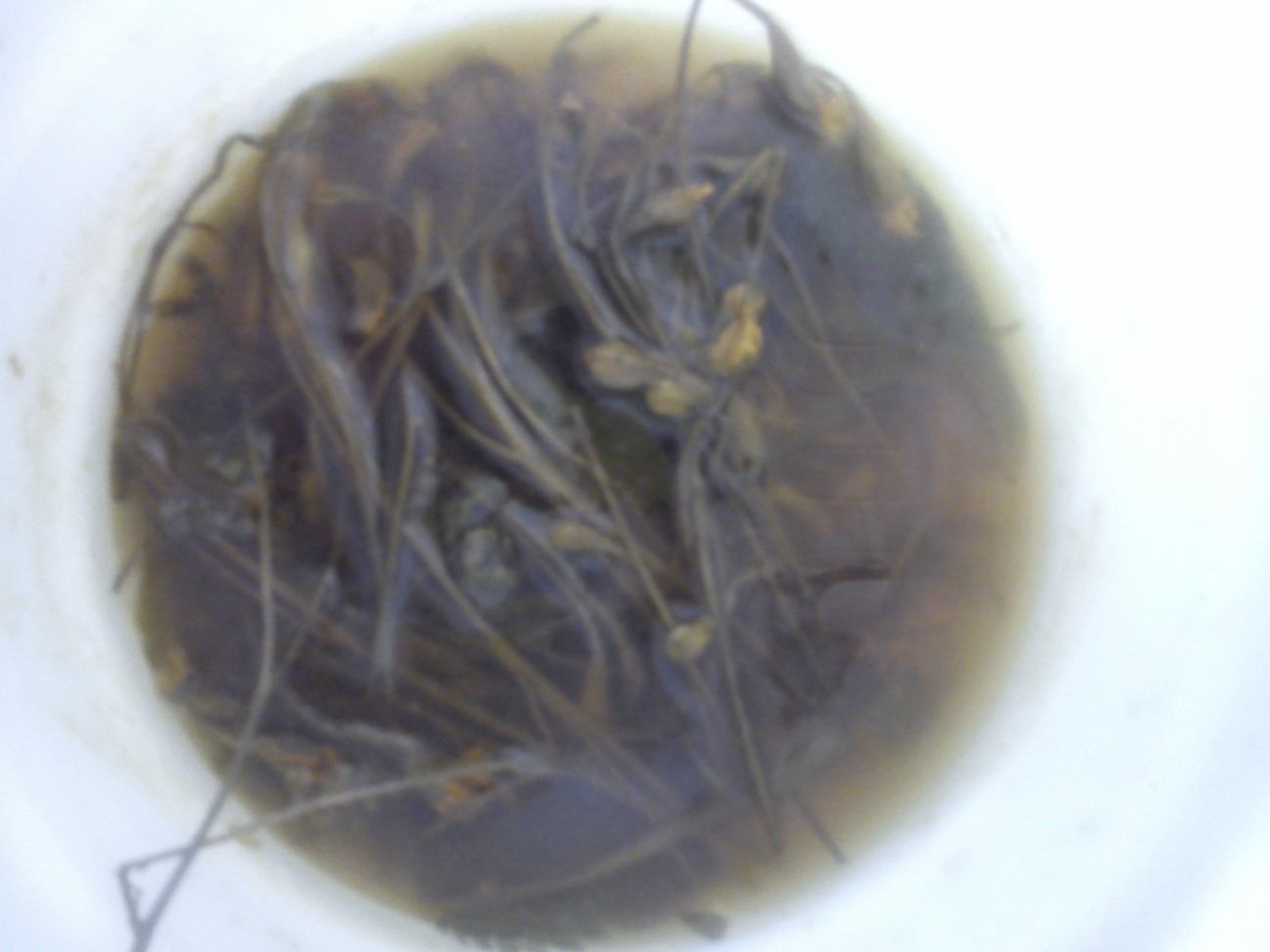Natural dyes are dyes or colorants derived from plants, invertebrates, or minerals. The majority of natural dyes are vegetable dyes from plant sources –roots, berries, bark, leaves, and wood—and other organic sources such as fungi and lichens.
Archaeologists have found evidence of textile dyeing dating back to the Neolithic period. In China, dyeing with plants, barks and insects has been traced back more than 5,000 years.[1] The essential process of dyeing changed little over time. Typically, the dye material is put in a pot of water and then the textiles to be dyed are added to the pot, which is heated and stirred until the color is transferred. Textile fibremay be dyed before spinning ("dyed in the wool"), but most textiles are "yarn-dyed" or "piece-dyed" after weaving. Many natural dyes require the use of chemicals called mordants to bind the dye to the textile fibres; tannin from oak galls, salt, natural alum, vinegar, andammonia from stale urine were used by early dyers. Many mordants, and some dyes themselves, produce strong odors, and large-scale dyeworks were often isolated in their own districts.
Wikipedia







